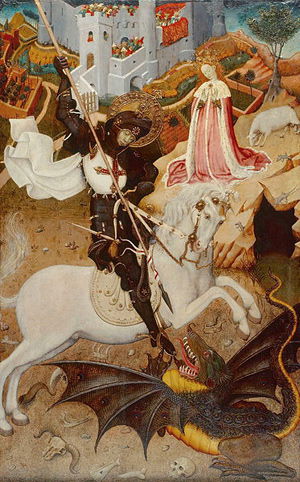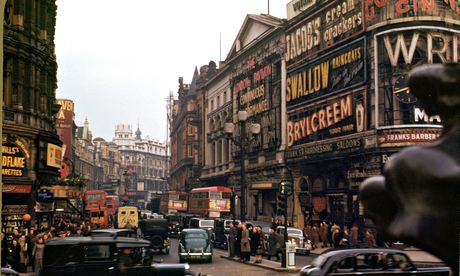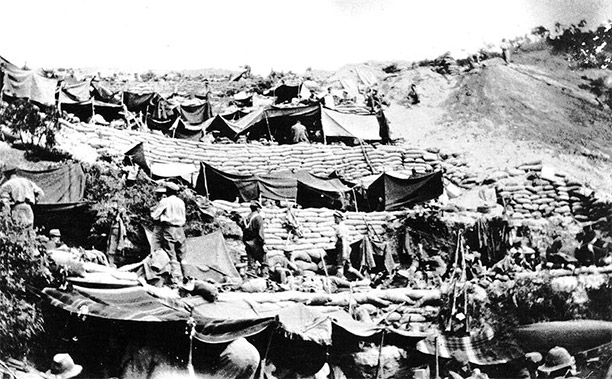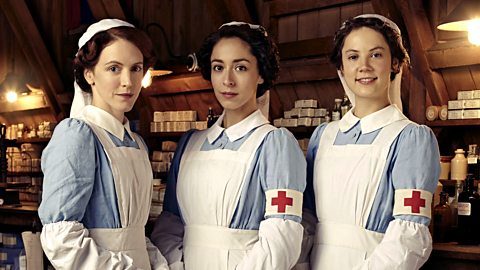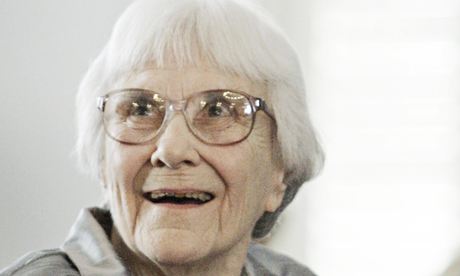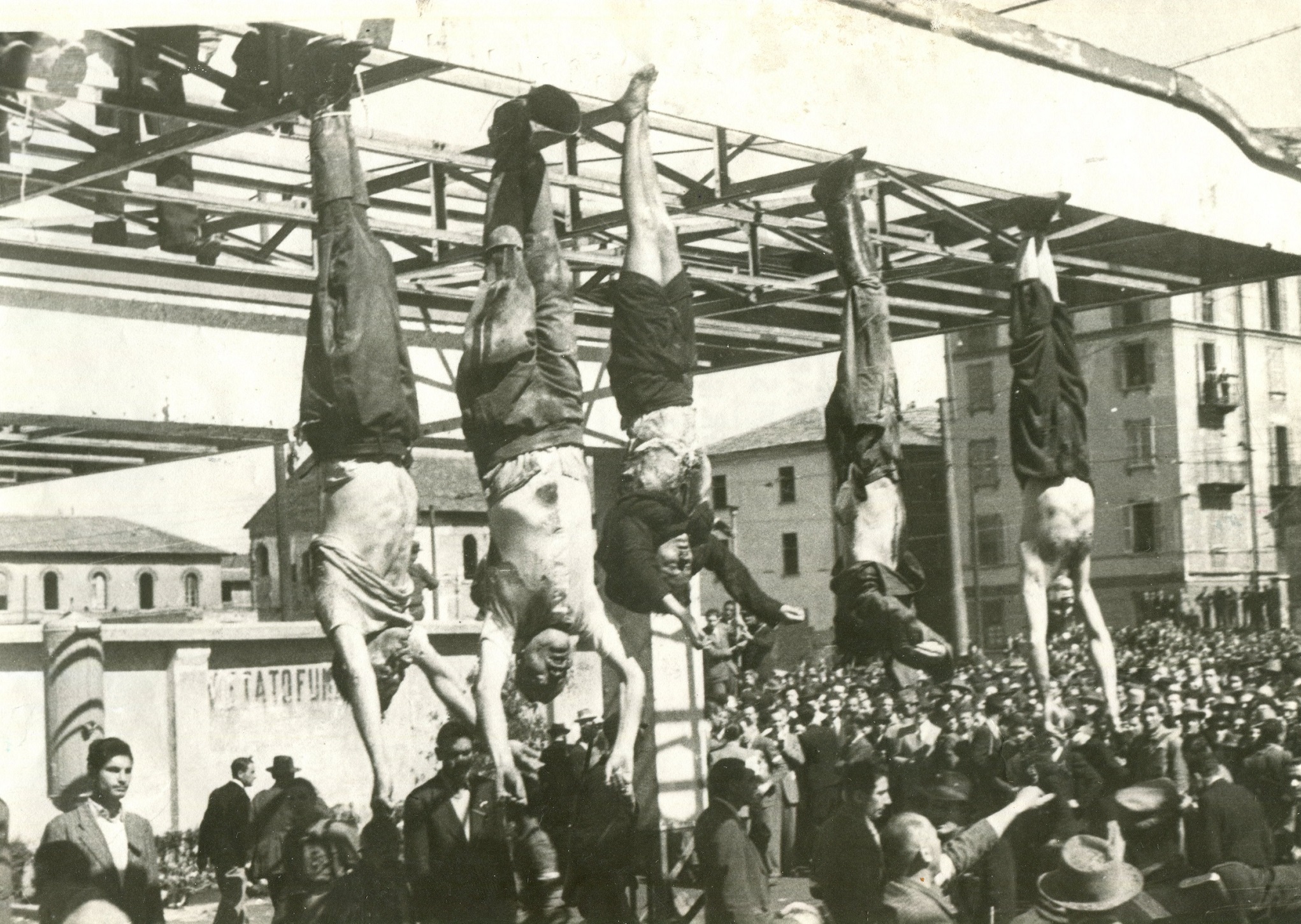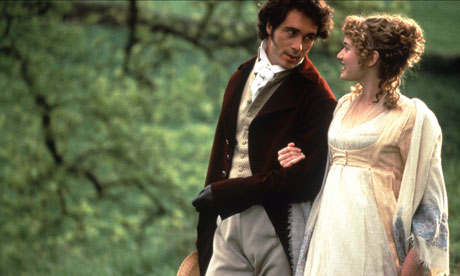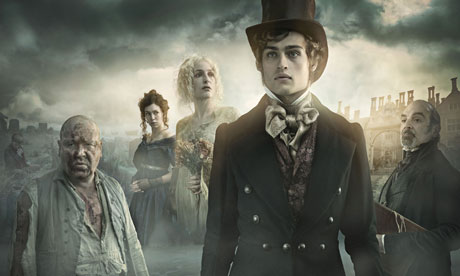
This week's update features debates on the future of the publishing industry, an exorcism in Elizabethan London and the curious history of the items in your tool shed.

* Explore over 500 historical sources from across Europe, with insights by First World War experts with the British Library.

* Did Craiglockhart hospital revolutionise mental healthcare?

* Did the trauma of the First World War lead to great creativity?

* Pigeon vs telephone: which worked best in the trenches?

* Which single object from the British Museum collection could possibly represent the early Ming dynasty (1368–1644), China? The answer seemed obvious – it had to be a spectacular blue-and-white porcelain vase.

* Archaeologists discover the hidden architecture of a 1,000-year-old village in New Mexico.

* The world’s oldest yacht has been excavated on the Isle of Man. The vessel, Peggy, was built for Castletown politician and bank owner George Quayle between 1789 and 1793.

* Skeletons in a Victorian closet: the unfortunate story of Thomas Willoughby.
.jpg)
* 10 ways would-be writers can start establishing their careers.
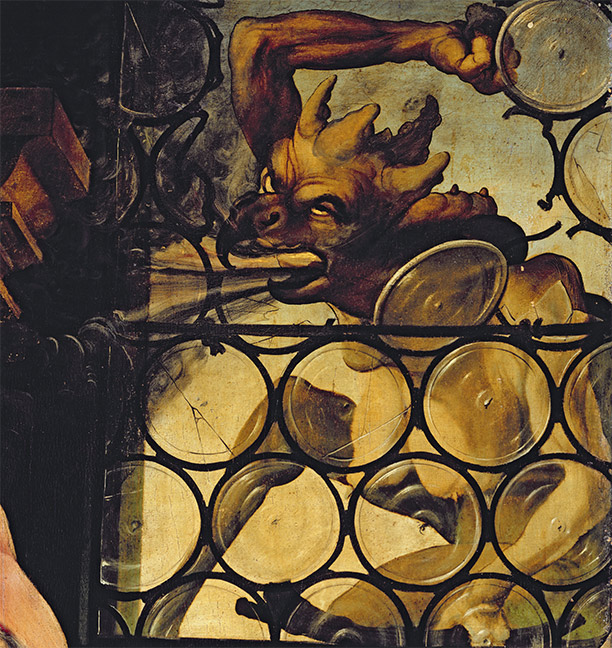
* Beware the foul fiend: an exorcism in Elizabethan London.
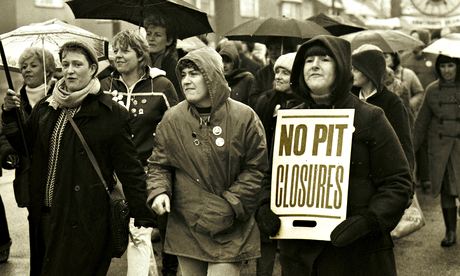
* The women of the miners' strike: 'We caused a lot of havoc'.

* A look at variety acts and turns of the early 1930s.

* Ten ancient stories and the geological events that may have inspired them.

* What's lurking inside the Bank of England's vaults?

* What hidden messages are lurking in these Tudor paintings?

* What did medieval Europe do with its teenagers?

* The curious history of the items in your tool shed.

* Was the Titanic disaster predicted?

* Protected status has been granted for Northumberland's prehistoric rock-art carvings.

* Tom Weldon, the UK head of Penguin Random House insists that the publishing industry has coped with the digital revolution better than any other: 'Some say publishing is in trouble. They are completely wrong.' But do you agree with his comments?
* The Digital Minds conference in London asks is this a 'golden age for publishing or the end of the book?'
* Wikipedia: The Book? Publishing Perspectives investigates ...

* The Baileys Women's Prize for Fiction shortlist has been announced with debut novelists Eimear McBride, Audrey Magee appearing.

* Sue Townsend, creator of Adrian Mole, has died aged 68. She was one of Britain’s most celebrated comic writers: novelist, playwright and journalist.
* Tracey Emin is to design a Collector’s Edition bag for the second 'Books Are My Bag' campaign.

* There are some big names in Scottish crime fiction, but is it enough? Irvine Welsh asks why Scottish writers have trouble with London publishers.

* Just how useful are footwear marks at crime scenes?

* 5 tips for running a writers’ circle.

* Which books make you feel stupid?
Which history and publishing stories have you enjoyed reading this week?




























